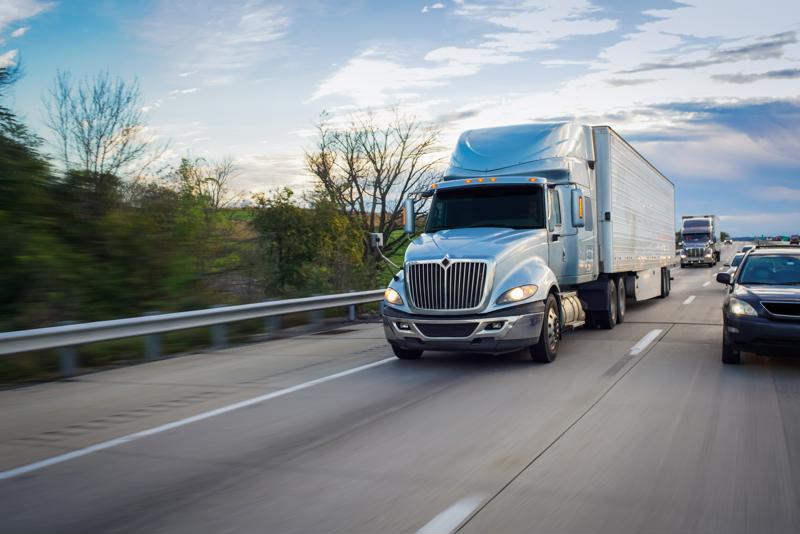Automakers, parts manufacturers and more rely on a clear understanding of regulatory measures governing their industries, and that's why the government gives plenty of lead time on any decisions. In mid-June, the U.S. Department of Transportation announced its latest regulatory agenda to ensure everyone affected has ample time to conform to the changes it will make.
The DOT's latest Spring Regulatory Agenda is heavily focused on "safer and more equitable roadways and vehicles," which partly entails a proposal that would require heavy and light vehicle manufacturers to include automatic emergency braking in any new models rolling off their assembly lines.
Among other things, the agenda also seeks to establish and mandate strong testing standards for autonomous vehicles, as well as creating a national database of accidents involving driverless vehicles. That, in turn, will help create a more effective development environment for autonomous vehicle manufacturers. All these aforementioned changes will be overseen by the National Highway Traffic Safety Administration.
"USDOT's Spring Regulatory Agenda demonstrates the Department's commitment to safety for transportation workers and the traveling public, fighting climate change, advancing equity, and building our economy back better," the department said when it released the agenda. Regulations are a critical tool to protect our citizens and workers and ensure the safe and timely delivery of public goods and services."

A closer look
The NHTSA under President Barack Obama began pushing for rules around installing automatic emergency brakes on heavy vehicles beginning in 2015, but after President Donald Trump took office, the change was put on the back burner, according to The Associated Press. Now, it seems likely that the rule will initially be published in the Federal Register in early 2022, allowing for public comment before being finally implemented at some point after that.
Jason Levine, director of the Center for Auto Safety, told the AP that this is welcome news, but with some 5,000 deaths stemming from large truck crashes each year, the delay will cause more highway fatalities that could have been avoided. Part of the issue with implementing hard and fast rules at this point, though, is that the technology to automatically apply the brakes in dangerous situations has not yet been perfected. That, in turn, is part of the reason why it is difficult to understand exactly when these rules could reasonably and reliably be applied, even if the political will to do so had been sufficient years ago.
What's the issue with the tech?
Ideally, automatic emergency braking works just as the name suggests: It works in concert with other "smart" vehicle systems to detect a potential crash risk with electronic sensors and applies the brakes strategically, according to Motortrend. However, its automatic braking power starts with a forward collision warning system, which is what determines whether there is a crash risk ahead. That system will then issue a warning and, if the driver does not react appropriately in a small period of time, automatically apply the brakes.
FCW systems typically work with either radar sensors on the front of the car or cameras mounted behind the windshield (or both), but one of the big problems with this is that they cannot always detect pedestrians or cyclists, the report said. Some systems are only attuned to detect potential vehicle-to-vehicle collisions, and as these platforms are refined, that may change.
Why it's important
How big of a risk is a deadly truck crash to those involved? Data from the Insurance Institute for Highway Safety shows that in 2019 — the most recent year for which complete data is available — roughly two-thirds of all deaths in these accidents were occupants of passenger vehicles. Another 15% were pedestrians, cyclists or motorcycle riders. The remaining 1 in 6 were people in the heavy trucks. That final number was an increase of 51% from the same number of truck occupant deaths in 2009.
The overall number of deaths stemming from these accidents is up 31% over the previous decade, but still well below levels seen throughout the early and mid-2000s.
Greening Testing Laboratories is a fully certified brake testing lab that provides a variety of brake testing services worldwide. Contact Greening for a complimentary consultation.
